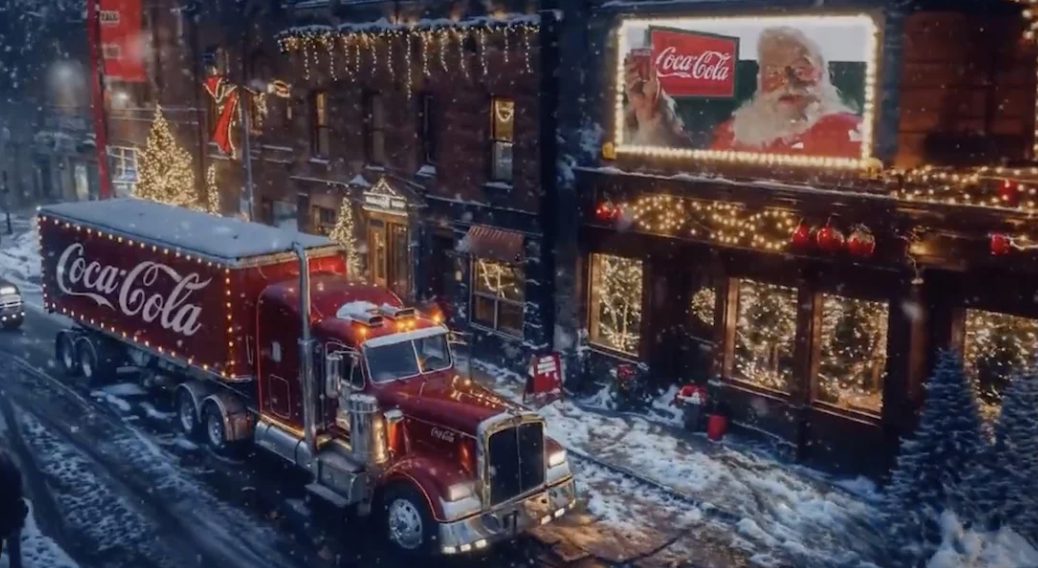SEO is for traffic. GEO is for answers.
After our last blog, we are guessing you have two main questions (at least two). The first might look like this:
1. How do I build content that not only passes schema protocols but also appeals to large language models (LLMs) like ChatGPT?
And the second:
2. Can a consumer really build their own search engine inside something like ChatGPT — one that learns their preferences and delivers more relevant results than Google?
The answer to the second question is a hard YES.
We asked ChatGPT not only how it found those passport holders, but whether we could influence what they looked like. ChatGPT responded:
“If you give me links to travel products you already love, I can use those as a baseline for style, features, quality, and purpose—and then recommend similar products without relying on external web searches.”
Pay close attention to that last part:
Without relying on external web searches.
ChatGPT calls this “personalized curation.” Using this approach, users can get recommendations that match their design aesthetic, functionality, and budget, without touching Google. That leads us back to the first question: how did the AI pick those products in the first place?
We’ve already talked about the role schemas play in helping Google (and AI) understand your brand and your content. Schema.org markups help structure your data so it can be surfaced correctly in search results, whether by humans or machines.
This brings us to a new mindset. While we’ve been optimizing content for decades, the field is shifting again.
The term Search Engine Optimization (SEO) was first coined in 1997, credited to Bruce Clay. While we were optimizing websites before then, this marked the moment we named it, and put it into culture.
Since then, SEO has grown beyond keywords and metatags to include:
– Site architecture
– Page speed
– Security
– Mobile-first (or mobile-only) design
Now comes the next evolution: GEO, or Generative Engine Optimization.
Where SEO is designed for Google and traditional search results (SERPs), GEO is built for AI-powered engines. The tactics may look similar, but the goal is very different. With GEO, you’re not just driving traffic, you’re becoming the answer to the user’s question. Put simply:
SEO is for traffic. GEO is for answers.
Think back to the best SEO work you’ve ever done, that’s your starting point. But in the GEO world, context beats keywords.
If your content uses all the right words but lacks depth and meaning, you won’t pass the AI’s “schema test” for contextual understanding.
In a recent primer, Forbes outlines the shift clearly:
1. Create content around actual customer questions and comments.
2. Use clear language and short paragraphs to maximize comprehension.
These may seem obvious, but in the day-to-day chaos of marketing work, they’re often overlooked.
The article also emphasizes updating your schema markups and even your robots.txt file literally opening the door for AI crawlers to come in. Like any good vampire lore, you have to invite them and it pays to make sure you understand how to, pardon the pun, let the right ones in.
One of the most exciting innovations we’re exploring now is AI-based brand tracking think social listening, but for AI models.
In the world of GEO, site traffic might become the new vanity metric.
By using SaaS tools that track when and where your brand is mentioned in AI-generated results, you can start to work backward. If you know when and why your brand was the answer, you can reverse-engineer your content strategy to repeat it.
AI search isn’t coming. It’s here.
And marketers who want to stay ahead must stop optimizing only for traffic and start optimizing for truth, clarity, and context.
For marketers, this means a shift in mindset: from optimizing for visits to optimizing for value.
The real win is showing up as the answer. Not just in search results, but in conversations, recommendations, and AI-driven experiences where users don’t even know they’re being influenced.
The brands that recognize this shift, that prioritize clarity, context, and connection, are the ones that will thrive.
In this new landscape, those marketers – they win.
Learn more about how we can help you adapt to the evolving marketing landscape and ramp up your efforts.
Share This Story
November 13, 2025
Drop the Beat How often do you think about rhythm? Or, put differently, how often are you and your team paying attention to pattern recognition? This time of year makes it obvious: the visual shift from green to amber to white, the cultural cadence from back-to-school to Halloween to Thanksgiving to Christmas, Kwanzaa, and Hanukkah. Spotting cultural patterns is the [...]
November 13, 2025
The Holidays Are Coming This month Coca-Cola debuted its holiday ad and reportedly used 70,000 AI prompts to bring it to life. That number is technically true, but deeply misleading. It wasn’t 70,000 prompts; it was 70,000 AI clips stitched together, generated through what was likely hundreds of thousands of prompts, refinements, reruns, and scene rebuilds. This is the second year [...]
November 11, 2025
The most critical question for every travel marketer is often the hardest: How should you split your budget between awareness and conversion? There's no magic number—the answer must be driven by your destination's unique strengths and goals.





 Ad Choices
Ad Choices